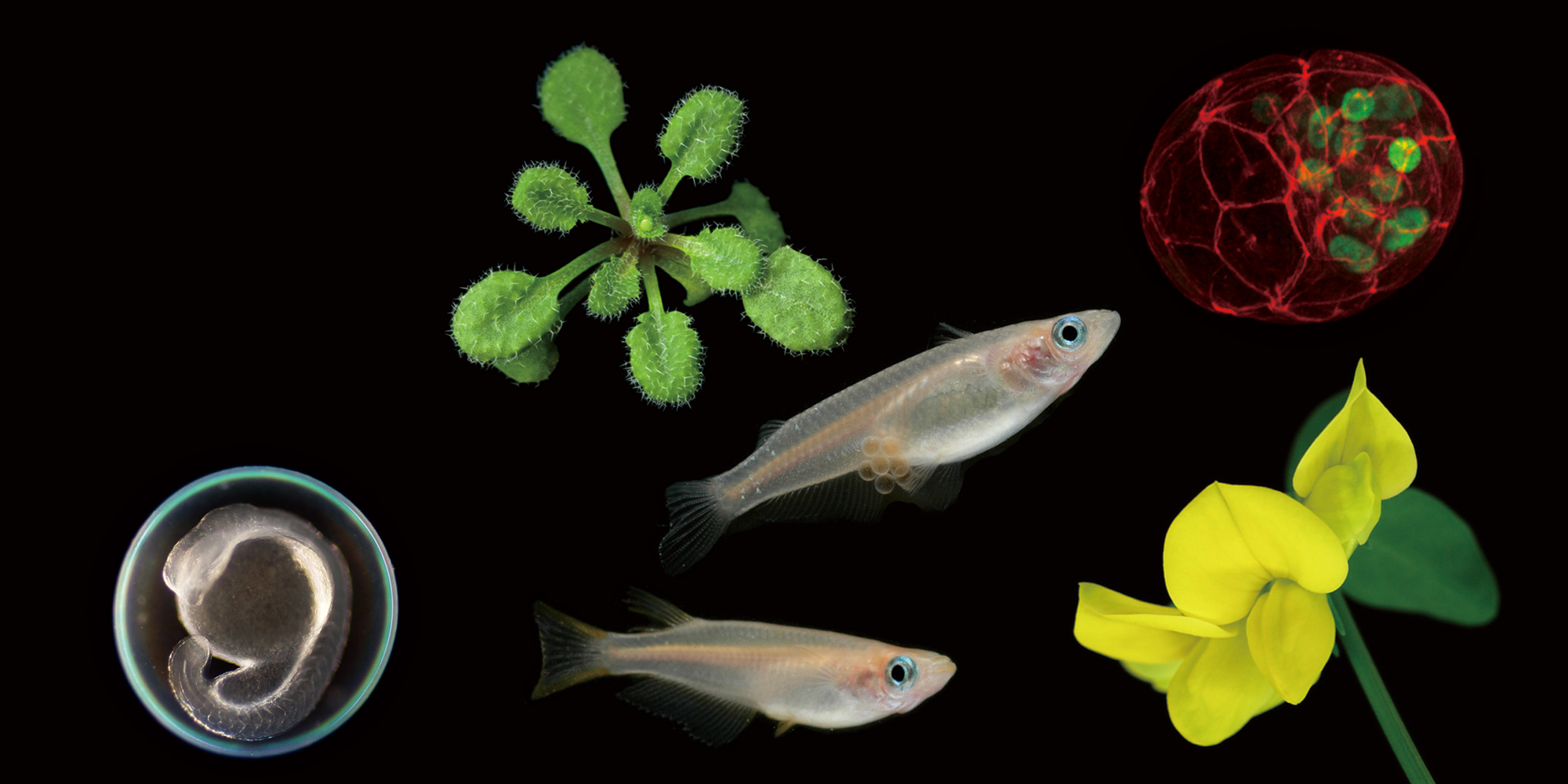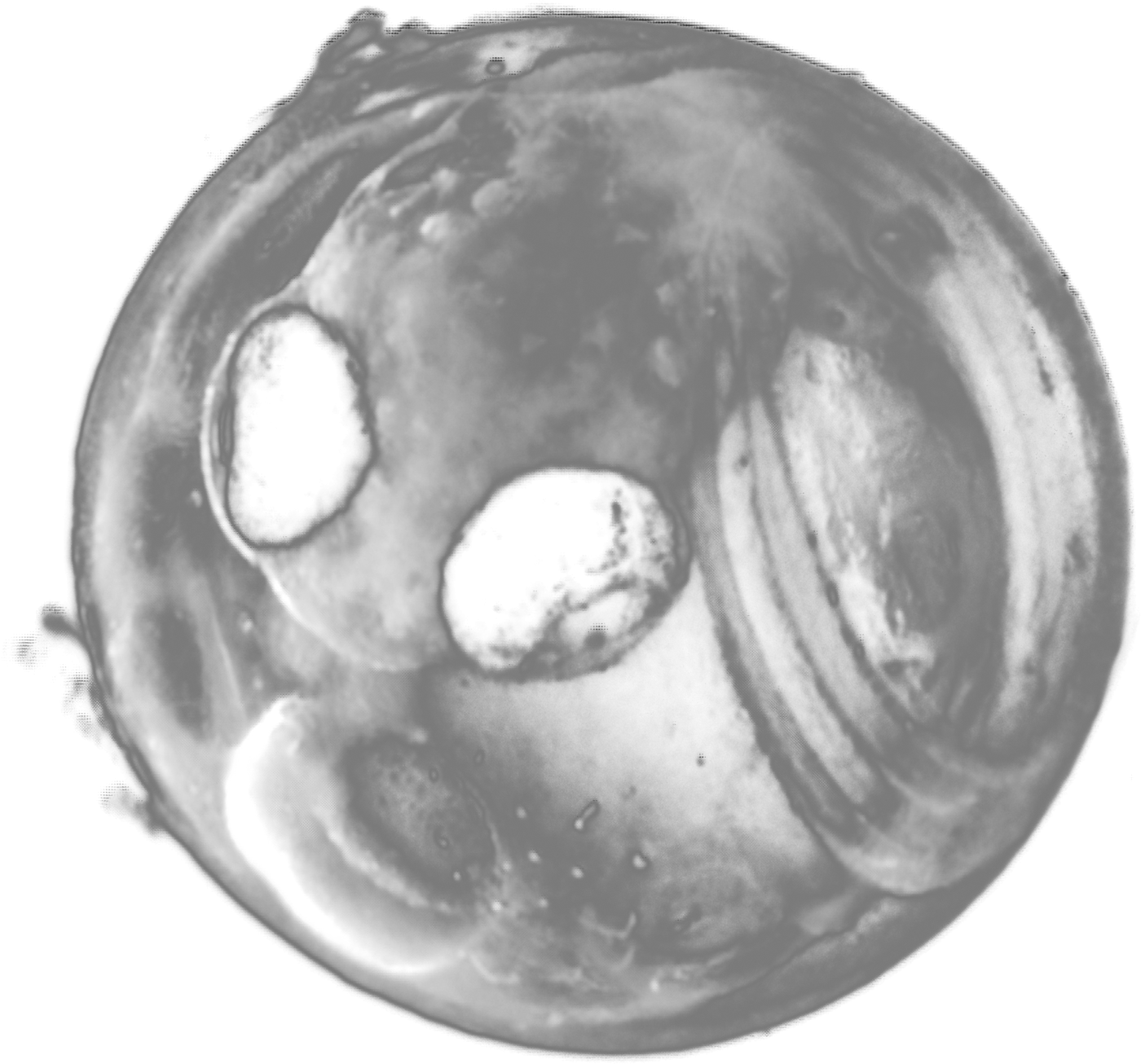2016.03.26
Coordination of directional outgrowth and patterning by Wnt5a and Fgf signaling interaction
Dr. Yingzi Yang (National Human Genome Research Institute, NIH
and Harvard School of Dental Medicine, USA)
2016. 03. 26 (Sat) 14:00 ~ 16:00
Common Seminar Room, 2F Bld. 3, Yamate
Division of Embryology, Toshihiko Fujimori (5860)
Formation of tissue and organs with complex morphology that exhibits three-dimensional asymmetry requires proper regulation of both patterning and directional growth. However, it is unclear how these two events are precisely coordinated. The Wnt/Planar Cell Polarity (PCP) signaling is emerging as a critical evolutionarily conserved mechanism whereby directional information is conveyed. The uniform directionality of PCP is thought to be established by global cues that break the original symmetrical localization of core PCP proteins such as Vangl2. However, the molecule nature and functional mechanisms of the global cues remain largely unknown, particularly in vertebrates. Here taking the mammalian developing limbs as a model system, we found that the well-known AER-derived limb patterning signaling molecules Fgfs are required to regulate PCP in a Wnt5a-dependent manner. In addition to its permissive role to allow Fgf signaling to orient PCP, we further demonstrate with definitive genetic evidence that Wnt5a gradient acts as a global cue that is instructive in establishing PCP. By genetically altering the direction of Wnt5a gradient, we showed that the direction of Wnt5a gradient determines the direction of Vangl2 asymmetrical localization, a molecular readout of PCP. Therefore, our results indicate that directional growth and patterning of developing limbs are coordinately regulated by Wnt5a and Fgf signaling, which maybe a fundamental mechanism that ensures proper morphogenesis of the limb and other organs.







